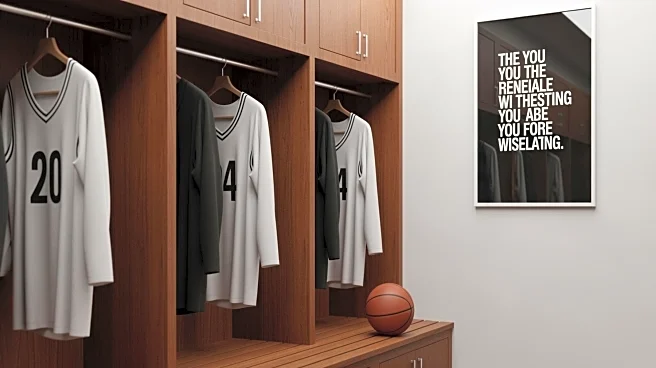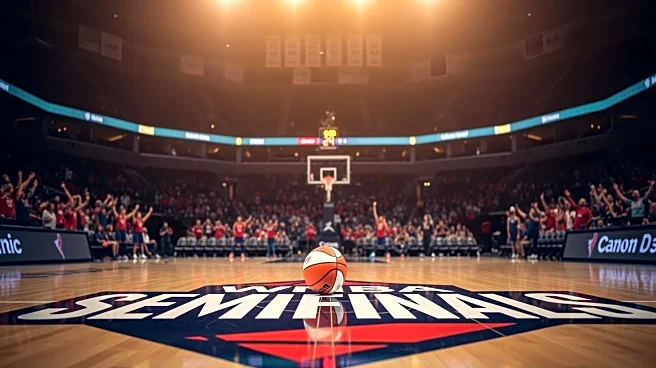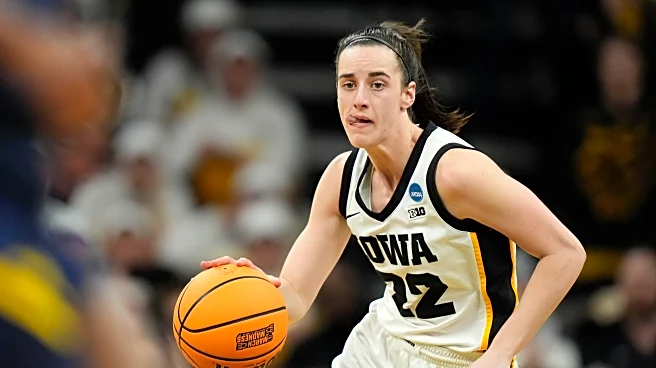What's Happening?
The Indiana Fever demonstrated strong team chemistry during the 2025 WNBA season, advancing to the Semifinals despite facing significant injuries. Sophie Cunningham, a key player for the Fever, discussed
the team's approach to handling locker room disputes on her podcast, 'Show Me Something.' Cunningham emphasized that the Fever maintained a harmonious environment by addressing minor issues through open communication, rather than allowing conflicts to escalate. This approach contributed to the team's success, as they came close to defeating the Las Vegas Aces, who ultimately won the championship. Cunningham, sidelined due to injury, played a crucial role in fostering the team's gritty identity and camaraderie.
Why It's Important?
The Indiana Fever's ability to maintain strong locker room chemistry despite challenges highlights the importance of team dynamics in sports. Effective communication and conflict resolution can significantly impact a team's performance, as demonstrated by the Fever's near victory against the league champions. This approach not only benefits the team's morale but also sets a precedent for other sports teams facing similar challenges. The Fever's success underscores the value of fostering a supportive environment, which can lead to improved performance and resilience in the face of adversity.
What's Next?
Looking ahead, the Indiana Fever may continue to leverage their strong team chemistry to build on their success in future seasons. As the team prepares for the 2026 season, maintaining open communication and addressing disputes constructively will be crucial. The Fever's approach could serve as a model for other teams aiming to enhance their performance through improved locker room dynamics. Additionally, the potential movement of free agents could impact the team's composition, presenting both challenges and opportunities for further growth.
Beyond the Headlines
The Fever's emphasis on locker room harmony reflects broader cultural values in sports, where teamwork and mutual respect are increasingly prioritized. This shift towards positive team dynamics may influence how athletes and coaches approach conflict resolution, potentially leading to more collaborative and supportive environments across various sports. The Fever's success story could inspire other teams to adopt similar strategies, promoting a culture of understanding and cooperation in competitive settings.












